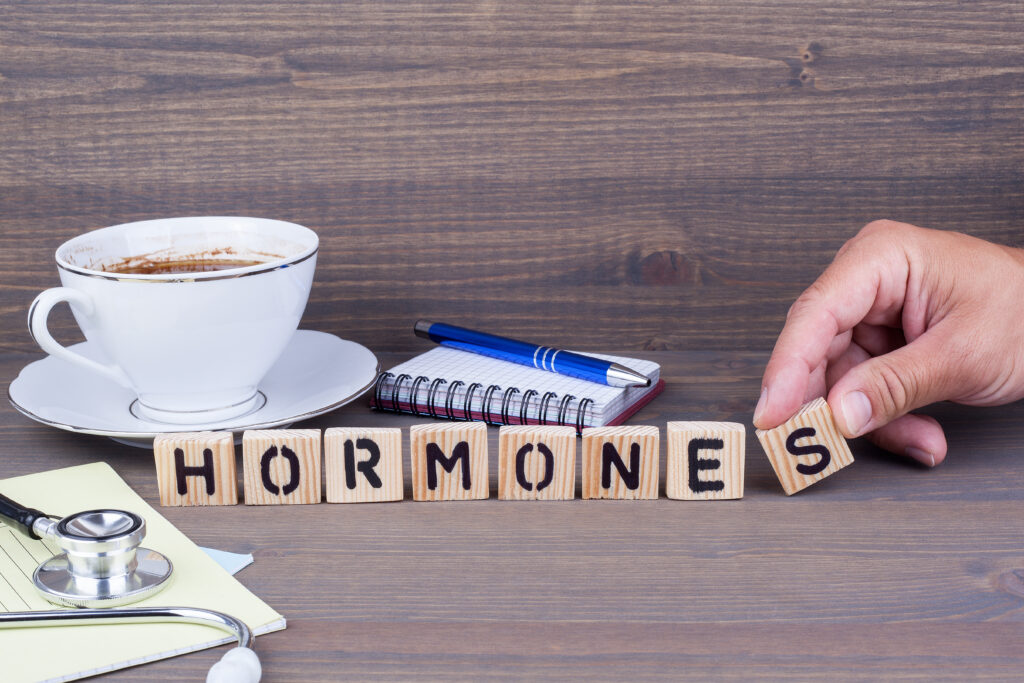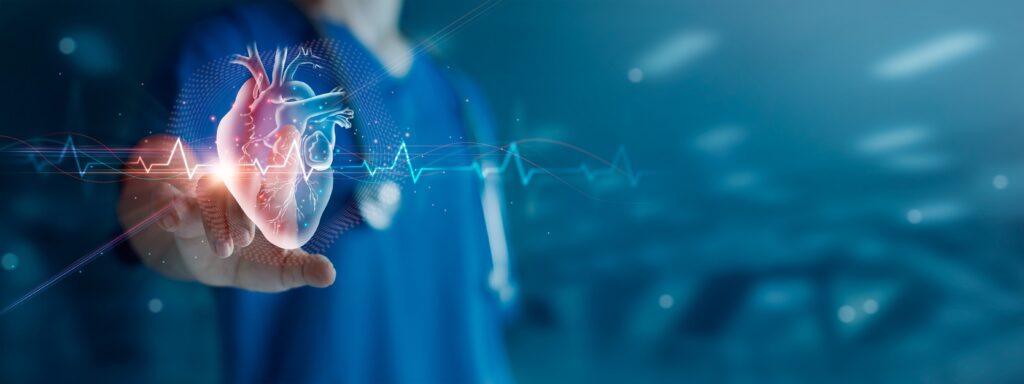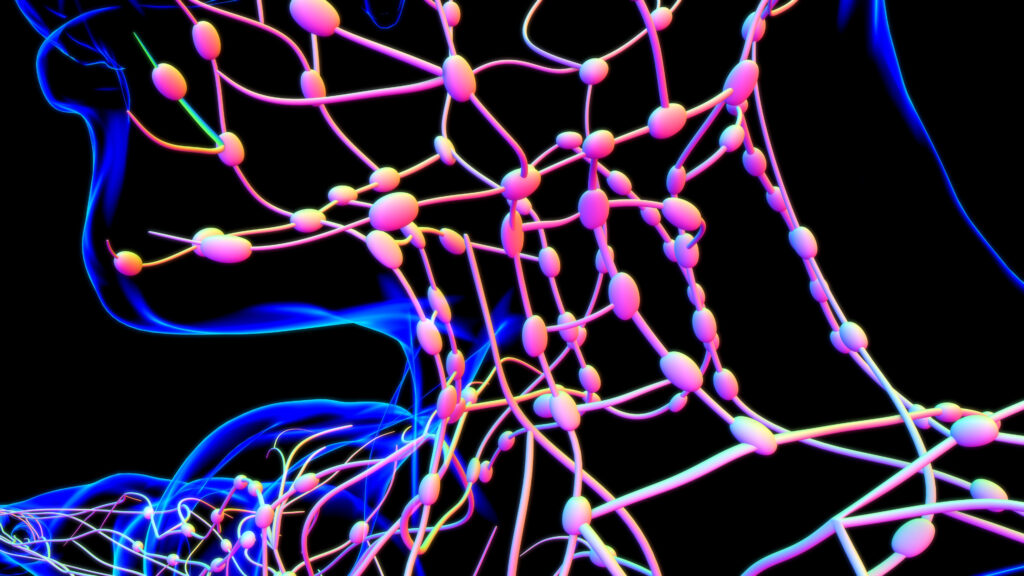Hormones: what are they?
Hormones are chemicals that communicate with your organs, skin, muscles, and other tissues through your bloodstream to regulate various bodily activities. Your body receives these messages and knows what to do and when. Your health and life depend on hormones.
The human body contains more than 50 hormones that have been discovered thus far.
Your endocrine system is made up of hormones and the majority of the tissues (mostly glands) that produce and release them. Hormones regulate a wide range of physiological functions, such as
- Metabolism
- Homeostasis (constant internal balance), such as blood pressure and blood sugar regulation, fluid (water) and electrolyte balance and body temperature
- Growth and development
- Sexual function
- Reproduction
- Sleep-wake cycle
- Mood
A tiny bit goes a long way when it comes to hormones. Because of this, even slight variations in levels can have a big impact on your health and result in diseases that need to be treated by a doctor.
What do hormones do?
Hormones are chemical messengers that have a vast array of physiological effects and functions. A physiological process frequently entails a series of interconnected hormone reactions.
Only when a hormone “fits”—that is, when the target tissue’s cells have hormone receptors—will it have an effect on that area of your body. Consider a hormone as a key and the cells that make up the target tissue, which may be a fat tissue or an organ, as locks with a specific form. The hormone will transmit a message that prompts the target site to do a certain function if it matches the lock (receptor) on the cell wall.
Hormones serve two purposes in your body’s communication system. The first kind is when two endocrine glands communicate with one another: When a gland releases a hormone, it prompts another gland to release hormones at different quantities. The exchange of information between your pituitary gland and thyroid is one instance of this. Thyroid-stimulating hormone (TSH), which is released by your pituitary gland, causes your thyroid gland to release hormones that subsequently impact different parts of your body.
An endocrine gland and a target organ communicate in the second way. An illustration of this is when your muscles and liver metabolise glucose with the help of insulin, which is released by your pancreas.
Where in your body are hormones created?
The majority of the hormones in your body are produced and released by specialised glands that make up your endocrine system. An organ that produces hormones, digestive fluids, sweat, or tears is called a gland. Hormones are released into your bloodstream directly by endocrine glands.
The following glands are parts of the endocrine system:
- Hypothalamus
- Pituitary gland
- Pineal gland
- Thyroid
- Parathyroid glands
- Adrenal glands
- Pancreas
- Ovaries
- Testes
However, not every organ or tissue that secretes hormones or compounds that resemble hormones is regarded as a component of the endocrine system. Additional bodily tissues that secrete hormones consist of:
- Adipose tissue (fat tissue)
- Kidneys
- Liver
- Gut (gastrointestinal tract)
- Placenta
Below you can see what each gland is responsible for:
| Hypothalamus | The pituitary stalk allows your hypothalamus, a little area of the brain, to communicate with your pituitary gland. It causes the release of many hormones that regulate your pituitary gland. | Your hypothalamus makes the following hormones:
|
| Pituitary gland | Located at the base of your brain, behind the bridge of your nose and just below your hypothalamus, is a pea-sized gland called the pituitary. The anterior lobe and the posterior lobe make up its two lobes. Many of the hormones that your pituitary gland releases regulate the activity of other endocrine glands. | The anterior pituitary makes and releases the following six hormones:
The posterior pituitary releases the following hormones:
|
| Pineal gland | Beneath the back portion of the corpus callosum, which connects the two regions of your brain, is a tiny gland called the pineal gland. Melatonin, a hormone that helps regulate your sleep-wake cycle, is released by it. | |
| Thyroid gland | The thyroid is a little gland beneath the skin that resembles a butterfly and is situated at the front of your neck. The primary function of your thyroid is to regulate your metabolic rate, or the pace at which your body converts the food you eat into energy. | Your thyroid releases the following hormones:
Thyroxine and triiodothyronine are often collectively called “thyroid hormone.”
|
| Parathyroid glands | The four pea-sized parathyroid glands that most people have are situated behind their thyroid gland, which is the butterfly-shaped gland in your neck. Your parathyroid glands may occasionally be found in your chest or down your oesophagus. These parathyroid glands are referred to as ectopic, or located in an unnatural area.
Your parathyroid glands’ primary function is to release parathyroid hormone (PTH), which is in charge of maintaining the proper calcium balance in your blood and the health of your bones. |
|
| Adrenal glands | The little, triangle-shaped glands that sit atop each of your two kidneys are called suprarenal glands, or adrenal glands. | Your adrenal glands make the following hormones:
|
| Pancreas | An organ located at the rear of your abdomen is your pancreas (belly). It is a component of both your endocrine and digestive systems. | The islet cells (endocrine cells) in your pancreas make the following hormones:
|
| Ovaries | Individuals classified as female at birth (AFAB) has two ovaries, each situated beneath the fallopian tube opening on opposite sides of their uterus. | The ovaries not only contain the egg cells required for reproduction, but they also generate the following hormones:
|
| Testes | Individuals classified as male at birth (AMAB) possess two testes that are externally located in a pouch beneath their penis. As a component of the male reproductive system, the testes generate both the hormone testosterone and sperm. | |
| Adipose tissue (fat tissue) | People often refer to adipose tissue as body fat. It is found in every part of your body, including the breast tissue, bone marrow, between muscles, under your skin, and surrounding internal organs. | Adipose tissue makes and releases the following hormones:
|
| Kidneys | The two bean-shaped organs that filter your blood are called kidneys.
|
Not only are they a component of your urinary system, but they also generate hormones such as:
· Erythropoietin
|
| Liver | Your liver is a vital organ and gland that carries out hundreds of tasks that keep you alive. | It’s considered part of your digestive system, but also produces hormones, including:
|
| Gut (gastrointestinal tract) | The lengthy, continuous tube that originates at your mouth and terminates at your anus is your gut. It is in charge of digesting. The hormones that your stomach produces and their effects are currently being researched by scientists. | These hormones include:
|
| Placenta | During pregnancy, a temporary organ called the placenta forms in your uterus. It gives the growing foetus nutrition and oxygen. To keep the pregnancy going, the placenta makes progesterone and oestrogen. |
What conditions can be cause by hormone problems?
Hormone problems are the root cause of numerous medical disorders. For most hormones, excess or insufficient amounts result in symptoms and health problems. Treatment is often necessary for these abnormalities. Among the most prevalent disorders linked to hormones are:
- Type 2 diabetes, Type 1 diabetes, and gestational diabetes are among the forms of the disease.
- Hyperthyroidism (high thyroid hormone levels) and hypothyroidism (low thyroid hormone levels) are two examples of thyroid illness.
- Period irregularities brought on by amenorrhoea, anovulation, and polycystic ovarian syndrome (PCOS).
- Infertility among women.
- Male infertility, or hypogonadism, which is characterised by low testosterone levels.
- Being overweight.
What causes these hormone problems?
Every hormone-related illness may have a number of underlying causes. In general, the following situations or conditions are the primary causes of hormone imbalances:
- Growths such as adenomas or tumours
- Endocrine gland injury or damage
- Autoimmune problems
- Genetic mutations that are inherited and result in issues with an endocrine gland’s structure and/or function
What kind of physician handles diseases connected to hormones?
Numerous hormone conditions can be diagnosed and managed by primary healthcare practitioners. Nonetheless, visiting an endocrinologist can be beneficial for you.
An endocrinologist is a medical professional with a focus on endocrinology, which is the study of disorders involving the hormones. An endocrinologist is qualified to diagnose endocrine (hormone) disorders, create plans for their management and therapy, and write prescriptions for drugs.
Book Your Health Test with Echelon Health
When you turn forty years old, it is highly suggested that you get fully comprehensive health assessment which includes an in-depth look at your hormones too. This exam is available at Echelon Health as a component of the Platinum Assessment.
At Echelon Health we understand that everyone wants to live a long and healthy life. Unfortunately, a lot of us will not recognise that something is wrong until symptoms become noticeable.
However, thanks to the new technology in MRI, CT and Ultrasound preventive health assessments are carried out with precision never seen before. They can detect and discover many diseases at their earliest stage.
Many diseases are highly preventable in a lot of cases if caught early enough; Echelon Health screens for and detects up to 92% and 95% of diseases that lead to premature death among men and women respectively.
Preventive Health Assessments are important even if you are symptom-free. At Echelon Health we offer many packages, including our fully comprehensive Platinum Assessment in which the following tests are performed:
- Medical Questionnaire & Pre-Assessment
- Blood Tests
- ECG
- CT Aorta
- CT Heart
- CT Coronary Angiogram
- CT Chest
- CT Pelvis
- CT Virtual Colonoscopy
- CT Bone Density
- EOS
- CT Upright Skeleton
- MRI Brain
- MRI Cerebral Artery Angiogram
- MRI Carotid Artery Angiogram
- MRI Prostate
- Ultrasound Thyroid
- Ultrasound Testes/ Ovaries
- Digital Mammogram
- Full Body Mole Screen
- Final Consultation
If you have any questions contact our team or check out our brochure for more information on all the health assessments we offer!



